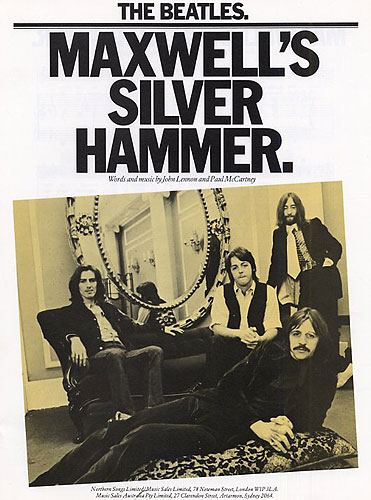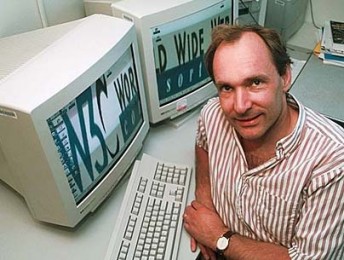 In a merger that would have ranked alongside that of Kim Kardashian and Kris Humphries, EMC was seriously considering tying the knot with the maker of expensive printer ink, HP.
In a merger that would have ranked alongside that of Kim Kardashian and Kris Humphries, EMC was seriously considering tying the knot with the maker of expensive printer ink, HP.
A Wall Street Journal report suggested that EMC and HP have investigated a potential merger deal that would have created a super-vendor worth close to $130 billion.
The deal was approached as a “merger of equals” and was in discussion over the past year. HP CEO Meg Whitman would have become CEO of the combined company, while EMC’s Joe Tucci would have been President.
Fortunately, the deal fell apart because both companies had concerns over whether their respective shareholders would have approved it.
That is not to say it was completely bad. HP would have gained EMC’s storage expertise and domination over the mid-range storage sector. HP’s forays into cloud computing have shown the strategy of a chicken with its head cut off.
EMC has some good technology in cloud computing, commodity hardware and modular approaches to IT, but these are successful at the expense of its highly lucrative core businesses.Its VMware subsidiary is doing well, but it is not making enough for the outfit to be a truly happy bunny.
What the pair clearly forgot was that they compete for business; integrating the two operations would have been a nightmare for managers, but great for accountants.
Fortunately, the idea died a death before anyone heard about it.



















